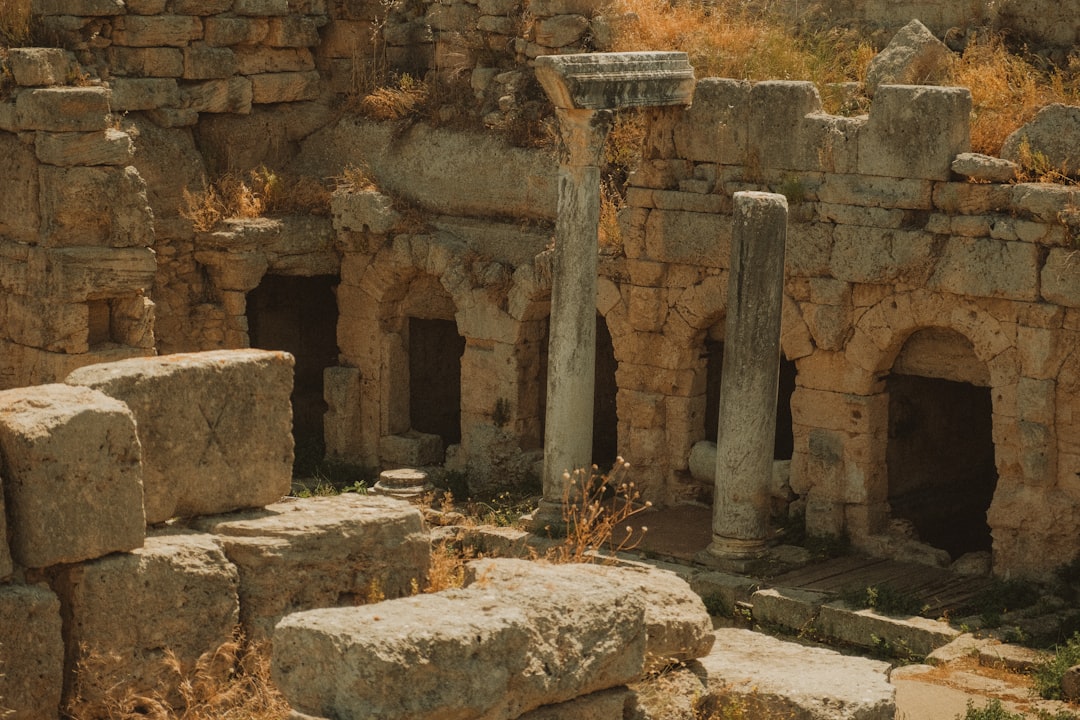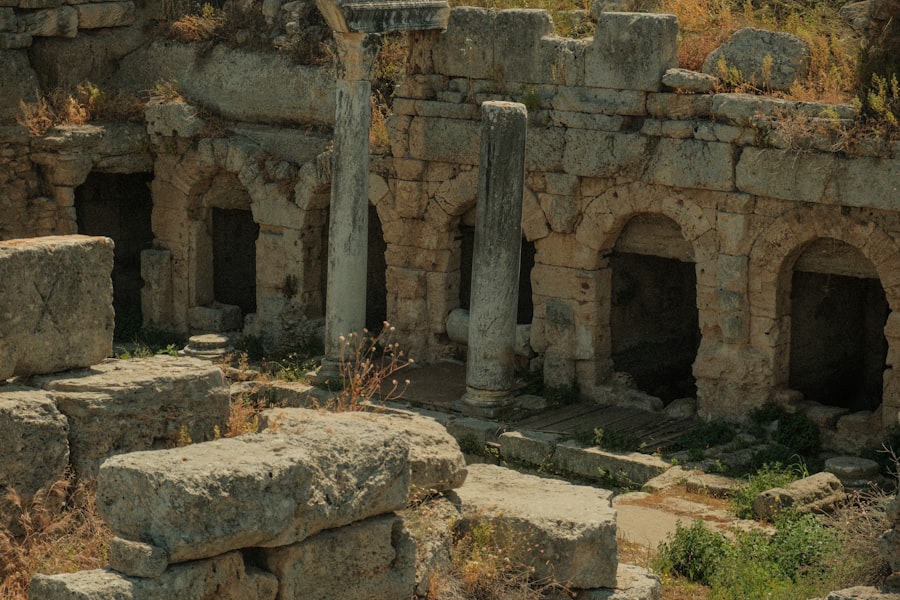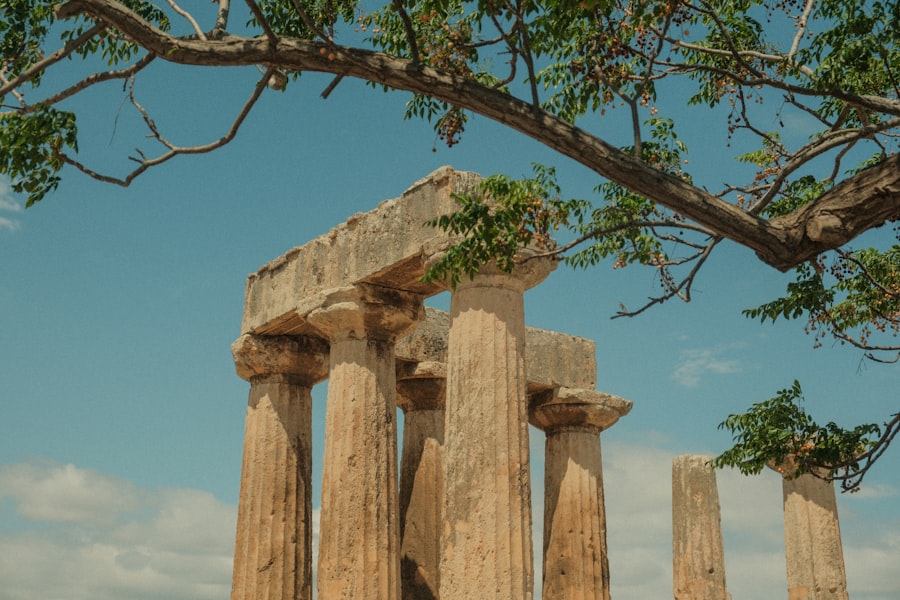
Libya, a North African nation bordered by the Mediterranean Sea to the north, is a land steeped in history and rich in cultural diversity.
The capital city, Tripoli, serves as the political and economic heart of the nation, while Benghazi, the second-largest city, is known for its vibrant culture and historical significance.
Libya’s strategic location has made it a crossroads of civilizations for millennia, with influences from the Phoenicians, Romans, Byzantines, and Ottomans shaping its cultural landscape. The country is characterized by its diverse geography, which includes the Sahara Desert, fertile coastal plains, and the rugged terrain of the Cyrenaica region. This geographical variety not only contributes to Libya’s natural beauty but also plays a significant role in its cultural identity.
The population is predominantly Arab-Berber, with a rich tapestry of traditions and languages that reflect its historical interactions with various peoples. Despite facing challenges in recent years due to political instability, Libya remains a land of immense potential and allure for those willing to explore its depths.
Key Takeaways
- Libya is a North African country known for its rich history, diverse culture, and stunning natural landscapes.
- The country is home to a number of historical and cultural sites, including ancient ruins, museums, and traditional markets.
- Visitors to Libya can explore natural wonders such as the Sahara Desert, the Akakus Mountains, and the Mediterranean coastline.
- Must-visit cities and towns in Libya include Tripoli, Benghazi, and Ghadames, each offering unique experiences and attractions.
- Traditional Libyan cuisine features a variety of flavorful dishes, including couscous, shakshouka, and baklava, influenced by Mediterranean and North African flavors.
Historical and Cultural Sites in Libya
Libya is home to some of the most remarkable historical and cultural sites in the world, many of which are UNESCO World Heritage Sites. One of the most notable is the ancient city of Sabratha, located along the Mediterranean coast. Founded by the Phoenicians in the 5th century BC, Sabratha flourished under Roman rule and boasts well-preserved ruins, including a stunning Roman theater that could seat over 5,000 spectators.
The intricate mosaics and temples dedicated to various deities provide a glimpse into the rich cultural life of this ancient city. Another significant site is the archaeological area of Cyrene, situated in the eastern part of Libya. This ancient Greek city was established in the 7th century BC and became a major center of learning and culture in the Mediterranean world.
Visitors can explore the remnants of grand temples, such as the Temple of Apollo and the Temple of Zeus, as well as an impressive necropolis filled with tombs adorned with intricate carvings.
In addition to these ancient sites, Libya’s capital Tripoli is home to several historical landmarks that showcase its Ottoman heritage.
The Red Castle (Assai al-Hamra) stands as a testament to the city’s past, with its imposing walls and beautiful gardens offering panoramic views of the Mediterranean. The castle houses a museum that displays artifacts from Libya’s rich history, including traditional clothing, pottery, and ancient coins. The bustling Medina of Tripoli is another cultural gem, where narrow alleyways lead to vibrant souks filled with local crafts, spices, and textiles.
Natural Wonders and Landmarks in Libya

Beyond its historical treasures, Libya is blessed with breathtaking natural wonders that captivate visitors. The Sahara Desert dominates much of the country’s landscape, offering an otherworldly experience for those who venture into its vast expanse. The Erg Uweinat mountain range, located at the intersection of Libya, Egypt, and Sudan, features stunning sand dunes that rise dramatically against the horizon.
Adventurers can embark on camel treks or 4×4 excursions to explore this remote region, where ancient rock art can be found etched into cliffs, telling stories of prehistoric life. Another remarkable natural feature is the Akakus Mountains, known for their striking rock formations and unique geological features. This UNESCO World Heritage Site is home to some of the most impressive prehistoric rock art in Africa, with thousands of petroglyphs depicting animals and human figures that date back thousands of years.
The surreal landscapes of the Akakus offer opportunities for hiking and photography amidst stunning backdrops of sandstone cliffs and deep gorges. Libya’s coastline also presents a different kind of natural beauty. The Mediterranean Sea provides pristine beaches and crystal-clear waters ideal for swimming and snorkeling.
The coastal town of Zuwara is particularly famous for its beautiful beaches and vibrant marine life. Visitors can enjoy water sports or simply relax on the sandy shores while taking in the stunning views of the sea. The combination of desert landscapes and coastal beauty makes Libya a unique destination for nature lovers.
Must-Visit Cities and Towns in Libya
| City/Town | Attractions | Population | Notable Features |
|---|---|---|---|
| Tripoli | Medina, Red Castle, Martyrs’ Square | 1.1 million | Historical sites, vibrant markets |
| Benghazi | Greek ruins, Old Town, Corniche | 631,555 | Rich history, beautiful coastline |
| Sabha | Tamanrasset, Jebel Acacus | 210,697 | Desert landscapes, ancient rock art |
| Misrata | Qasr Ahmed, Misrata Museum | 550,938 | Historical sites, vibrant cultural scene |
While Tripoli and Benghazi are often highlighted as key urban centers, Libya boasts several other cities and towns that are worth exploring for their unique charm and historical significance. Misrata, located east of Tripoli, is known for its rich maritime history and vibrant economy. The city played a crucial role during the Libyan Civil War and has since emerged as a symbol of resilience.
Visitors can explore its bustling markets, visit the Misrata Museum to learn about local history, or take a stroll along its picturesque waterfront. Further east lies Tobruk, a city steeped in military history due to its strategic importance during World War
The Tobruk War Cemetery serves as a poignant reminder of the sacrifices made during this tumultuous period. The city also features ancient ruins from its time as a Phoenician settlement, including remnants of Roman amphitheaters and temples. Tobruk’s coastal location offers beautiful beaches where visitors can unwind after exploring its historical sites.
In addition to these cities, Ghadames stands out as an oasis town known for its unique architecture and traditional way of life. Often referred to as the “Pearl of the Desert,” Ghadames features mud-brick houses adorned with intricate designs and shaded alleyways that provide respite from the desert sun. The town’s UNESCO World Heritage status highlights its cultural significance as a center for trade and hospitality in the Sahara region.
Visitors can immerse themselves in local customs by participating in traditional festivals or exploring nearby palm groves.
Traditional Libyan Cuisine and Culinary Delights

Libyan cuisine is a reflection of its diverse cultural influences, blending flavors from Mediterranean, Arab, Berber, and Italian traditions. One of the most iconic dishes is couscous, often served with lamb or chicken and accompanied by a rich vegetable stew known as “shorba.” This dish exemplifies the communal aspect of Libyan dining, where families gather around a large platter to share their meal. Another staple is “bazin,” a hearty dish made from barley flour that is steamed and served with a flavorful sauce made from meat and vegetables.
Bazin is traditionally eaten with one’s hands, emphasizing the importance of communal eating in Libyan culture. For those with a sweet tooth, “makroud”—a semolina pastry filled with dates or nuts—offers a delightful treat often enjoyed during special occasions. Street food also plays an essential role in Libyan culinary culture.
Vendors sell “sambusa,” savory pastries filled with spiced meat or vegetables that are perfect for snacking on-the-go. Additionally, “asida,” a sweet porridge made from flour and served with honey or date syrup, is commonly enjoyed during festive celebrations.
Practical Travel Tips for Exploring Libya
Traveling to Libya requires careful planning due to its unique political landscape and security considerations. It is essential for potential visitors to stay informed about current events and travel advisories issued by their respective governments. Engaging with local tour operators who have experience navigating the region can enhance safety while providing valuable insights into Libyan culture.
When visiting historical sites or natural wonders, it is advisable to dress modestly out of respect for local customs. Lightweight clothing suitable for hot weather is recommended, along with sturdy footwear for exploring rugged terrains like deserts or archaeological sites. Additionally, travelers should carry sufficient water supplies when venturing into remote areas where amenities may be limited.
Language can also be a barrier; while Arabic is the official language, many Libyans speak English, especially in urban areas frequented by tourists. Learning basic Arabic phrases can enhance interactions with locals and demonstrate respect for their culture. Lastly, it’s important to embrace local customs and traditions while traveling through Libya.
Engaging with local communities through cultural exchanges or participating in traditional festivals can provide enriching experiences that deepen one’s understanding of this fascinating country. By approaching travel in Libya with an open mind and respect for its heritage, visitors can uncover the hidden gems that make this North African nation truly remarkable.
If you’re interested in expanding your knowledge about various countries and their unique characteristics, you might find the article on World Countries Information particularly enlightening. This comprehensive guide offers insights into the diverse cultures, geographies, and historical facts of countries around the globe, similar to the detailed exploration of Libya in the “Libya Facts, Places, and Sights” article. Whether you’re a traveler, student, or simply a curious mind, this resource can enhance your understanding of the world’s nations, including their significant landmarks and cultural heritage.
FAQs
What are some key facts about Libya?
– Libya is located in North Africa and is the fourth largest country on the continent.
– The capital city of Libya is Tripoli.
– The official language is Arabic and the currency is the Libyan dinar.
– Libya has a population of over 6 million people.
What are some popular places to visit in Libya?
– The ancient Roman city of Leptis Magna, known for its well-preserved ruins.
– The Sahara Desert, which covers much of southern Libya and offers unique desert landscapes.
– The old town of Ghadames, a UNESCO World Heritage site known for its traditional architecture.
– The coastal city of Benghazi, with its historic old town and beautiful beaches.
What are some must-see sights in Libya?
– The ruins of Sabratha, another ancient Roman city with well-preserved ruins and a theater.
– The Jebel Akhdar, a mountain range in northeastern Libya known for its scenic beauty and historic villages.
– The Ubari Sand Sea, a vast area of sand dunes and oases in the Libyan desert.
– The Museum of Libya in Tripoli, which houses a collection of artifacts and exhibits on the country’s history and culture.



